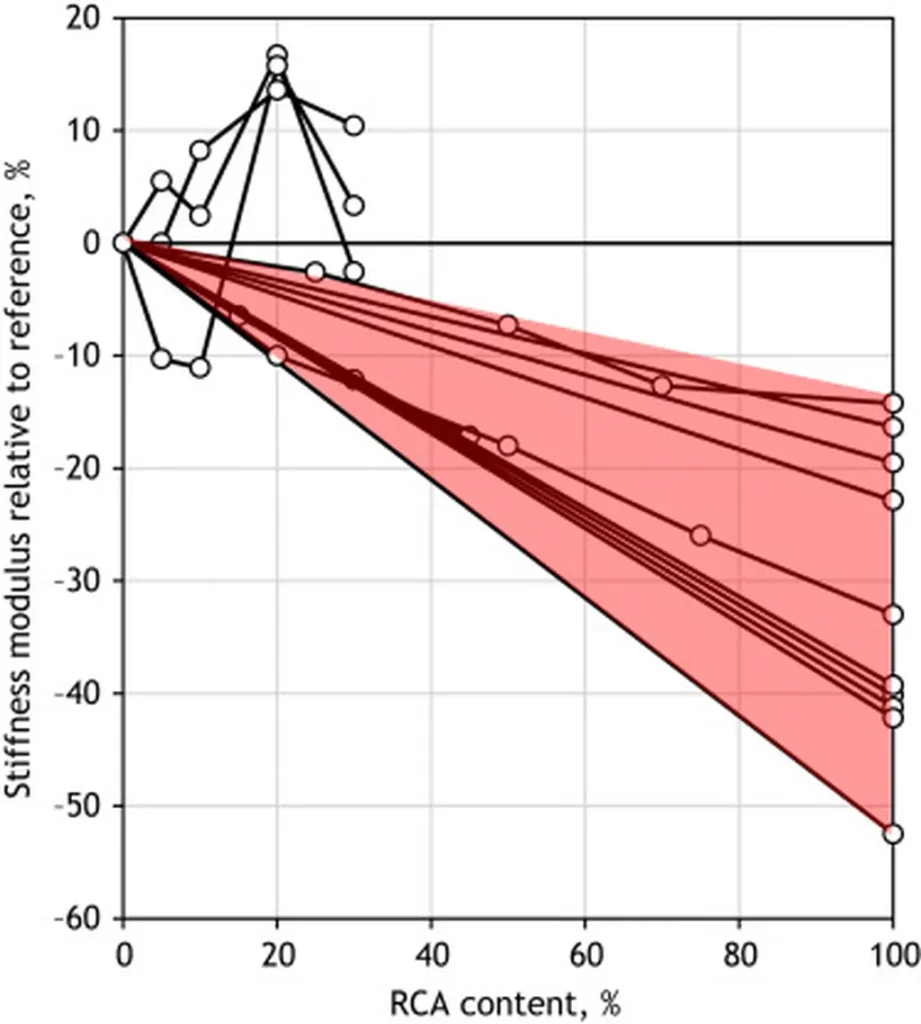In the world of pavement engineering, precision is paramount. The stiffness modulus, a measure of a material’s resistance to deformation under load, is a critical factor in designing durable and efficient roadways. Yet, measuring this property with accuracy has long been a challenge, with uncertainties often leading to unreliable results and costly decisions in pavement construction. Now, a groundbreaking study led by Hicham Mezouara from the Laboratory of Material Physics and Subatomic at Ibn Tofaîl University in Morocco, is shedding new light on the factors that contribute to these uncertainties, paving the way for more reliable measurements and better-informed decisions.
Mezouara and his team focused on the indirect tensile test, a common laboratory method used to determine the stiffness modulus of asphalt mixtures. Their research, published in the International Journal of Applied Mechanics and Engineering, delves into the complexities of this test, identifying key factors that introduce measurement uncertainties. “The stiffness modulus is not just a number,” Mezouara explains. “It’s a reflection of the pavement’s load-bearing capacity and its resistance to permanent deformation. Getting it wrong can have significant commercial impacts, especially in the energy sector where heavy loads and high traffic volumes are the norm.”
The study found that test repeatability is the primary contributor to measurement error, accounting for a staggering 79.72% of the uncertainty. This means that even with the same sample and the same equipment, repeated tests can yield different results. Other factors, such as thickness measurement and the interface roughness between the testing plates and the sample, also play a role, contributing to the overall uncertainty.
So, what does this mean for the future of pavement engineering? For one, it underscores the need for standardized testing procedures and improved equipment calibration. But more importantly, it opens the door to new approaches in uncertainty quantification and sensitivity analysis. By understanding and mitigating these uncertainties, engineers can make more accurate predictions about pavement performance, leading to better designs and more cost-effective construction.
The energy sector, with its unique demands and heavy traffic loads, stands to benefit greatly from these advancements. As Mezouara puts it, “Every dollar saved in pavement construction is a dollar that can be invested in other critical areas. By improving the accuracy of our stiffness modulus measurements, we’re not just building better roads; we’re building a more efficient and sustainable future.”
The research, published in the International Journal of Applied Mechanics and Engineering, which translates to the International Journal of Applied Mechanics and Engineering, is a significant step forward in the field of pavement engineering. As the industry continues to evolve, so too will the methods and technologies used to ensure the durability and efficiency of our roadways. And with researchers like Mezouara at the helm, the future of pavement engineering looks brighter than ever.

